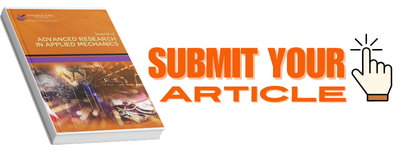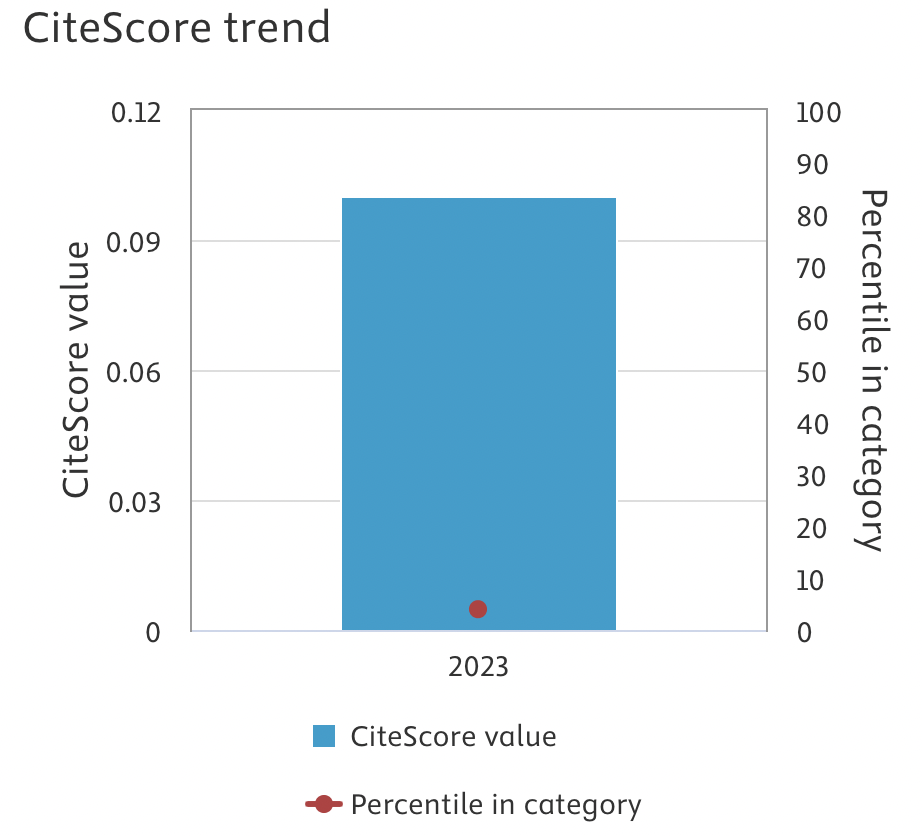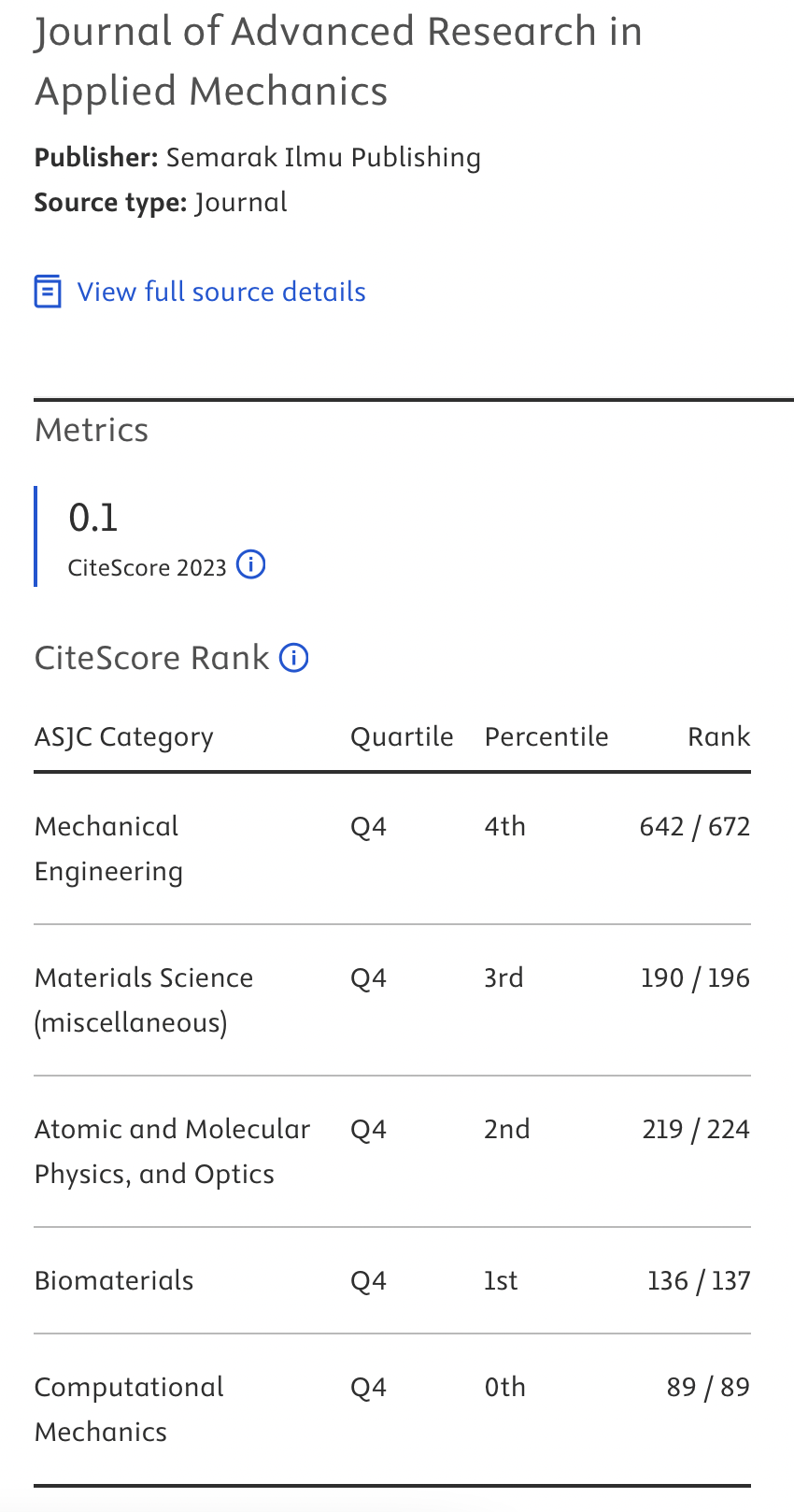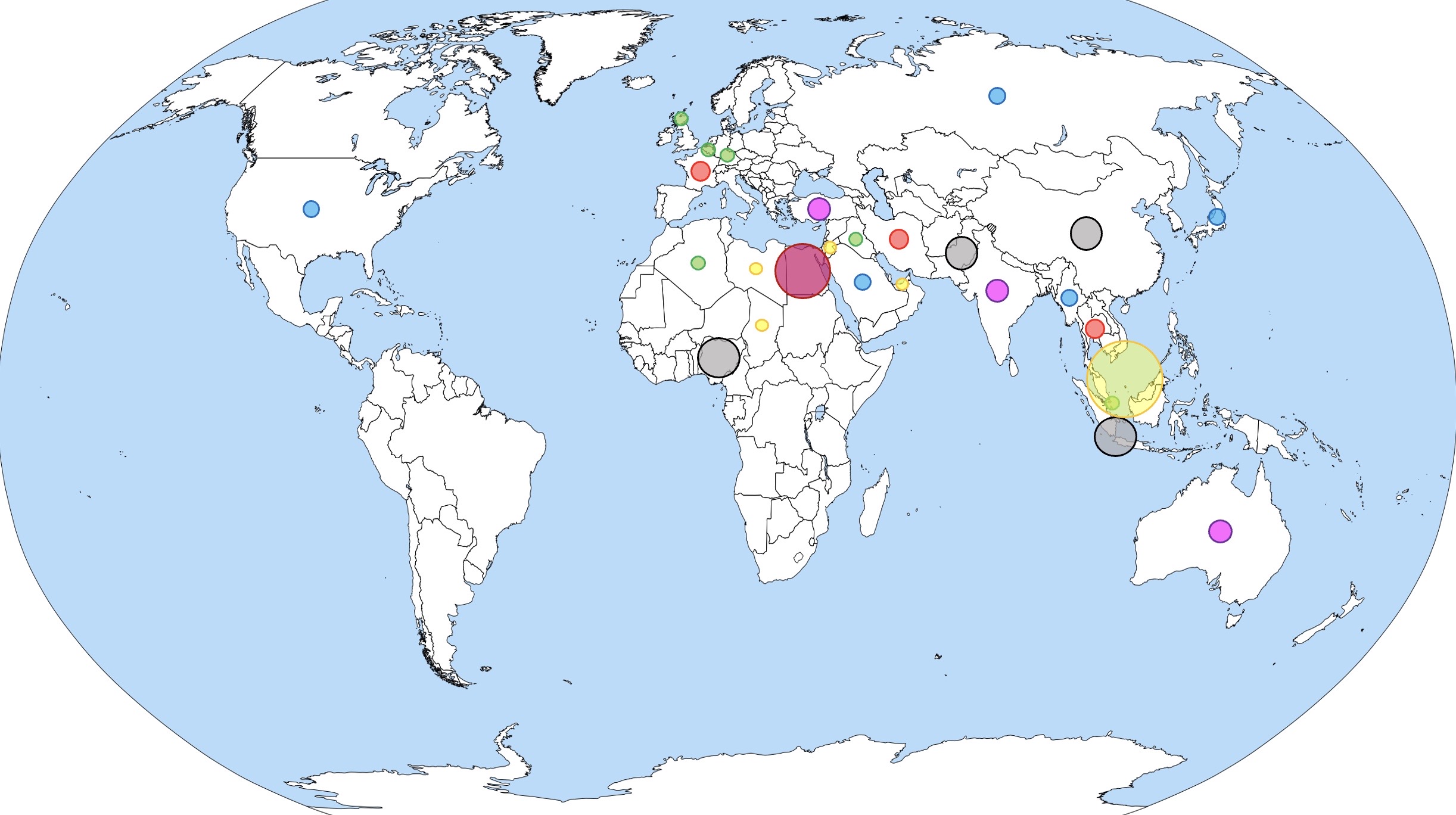Effects of interface bonding of NiCrAlY on Sandblasted Laser Modified H13 Tool Steel
DOI:
https://doi.org/10.37934/aram.130.1.168179Keywords:
Interface bonding, diffusion mechanism, Interfacial Indentation Test (IIT), laser surface modificationAbstract
NiCrAlY (Ni-164/211 Ni22%Cr10%Al1.0%Y) coatings were developed on sandblasted laser modified H13 tool steel surface using atmospheric plasma spray (APS). Bonding strength was investigated between these layers. Constant laser parameters were set on all 5 samples and different sandblasted time of 20s to 60s time were set prior to APS spraying. Its' effect on mechanical properties of H13 tool steel surface were investigated. The coating microstructure and diffusion of atoms along NiCrAlY coating, laser modified and substrate layers were investigated by energy dispersive X-ray spectroscopy (EDXS) using Hitachi Tabletop Microscope TM3030 Plus. Interface bonding of NiCrAlY and Micro Vickers Hardness on each layer was investigated by interfacial indentation test (IIT) method using MMT-X7 Matsuzawa Hardness Tester Machine with vickers indenter. Based from IIT method results, average interfacial toughness, Kavg for reference sample was 2.15 MPa m1/2 compares to sample 29 range of Kavg 2.62 MPa m1/2 . Hence, according to Kavg sample 29 has higher interface bonding and obtained average surface roughness of 4 micrometer prior to coating. The EDXS analysis indicated presence of Fe in the NiCrAlY coating layer and increased of Ni and Cr composition in the laser modified layer. Atomic diffusion occurred in both coating and laser modified layers involved Fe, Ni and Cr elements. These findings introduce enhancement of coating system by substrate surface modification to allow atomic diffusion.
Downloads



























